Columbia River: Aquatic Invertebrates
Bugs Beneath the Surface
When you’re at the edge of the water, whether it’s the river or a lake or pond, there’s a lot of life to find below the surface of the water. Flip over a rock that is underwater and see what’s clinging to the underside. Many small invertebrates (animals without a backbone) are an important part of the aquatic food chain, feeding the fish and birds. There are different spaces in the water where you can find aquatic invertebrates, and we call them microhabitats. Some, like mayflies and snails, cling to the underside of rocks where it’s hard for a fish to get them. Some might be found among underwater plants, or on any object that’s floating in the water. Some walk on the bottom, while others may be found swimming through the water. Some are found in still water, and others prefer flowing water. If you are interested in catching fish, it’s a good idea to pay attention to the invertebrates you see in or near the water. You can use a fishing lure on your hook that mimics the insects that are actively hatching or laying eggs.
Some creatures you find in the water are only aquatic for part of their lives. They hatch from eggs in the water and live there for the early stages of their lives. The adults may be found near the water, or even far from water if they are good fliers. Many of the invertebrates you find in the river, such as dragonflies, have a life cycle called incomplete metamorphosis. When they go through a big change (metamorphosis) to become adult, they do not change into a pupa first, as butterflies and moths do. As they grow and change, they shed their exoskeletons several times; you may find some of these empty skins in the water or on plants or rocks nearby. That final molt allows them to finally use their wings as they leave the water. They return to the water one last time during mating to drop off their eggs.
Meet the Crayfish
One invertebrate you might find that spends its entire life in water is a crayfish. These crustaceans are related to lobsters and shrimp, and have many similarities to those ocean animals. Crayfish move along the bottom of the river, finding food such as dead fish and detritus. Even though they have pinching claws for defense, they prefer to stay near cover such as large rocks. Their ten legs help them move and hang on to the river bottom even when the water is flowing swiftly. Their segmented abdomen can curl and flex to push them through the water when they need to scoot away from danger. But they still get eaten by many larger animals in and near the water. While exploring the riverbanks, you may see claws or bits of crayfish shell left by predators such as herons, muskrats, and river otters.
Crayfish are fun to find and observe, and can help us learn more about the river’s community of plants and animals. Scientists are still learning about crayfish species in the Pacific Northwest, and could use our help finding crayfish and collecting information about them. Contact the Education Manager at the REACH to learn more about how students and teachers can participate in a Columbia River crayfish study.
Observing Aquatic Invertebrates
You can catch invertebrates in the water using an aquarium net or old kitchen strainer, or just your hands. Try not to scoop up muck or mud from the bottom, as it will cloud the water too much. Tapping a net against the parts of plants that are underwater might help you catch some, or even pulling a few stems or leaves up out of the water. If you want a closer look you can put them in a bug magnifier or cup, but be sure to keep some water in there with them.
Once you have some invertebrates captured, take a close look with the magnifier. Watch how they move through the water. See if they come up to the surface for air, or if they stay underwater at all times. Can you tell which parts of the body have gills or breathing structures for getting oxygen? What do you think they eat? What eats them? How do they camouflage themselves? If you have invertebrates in a small container, take some time to draw them and note your observations with words. Return them back to the water when you’re done looking at them.
Our “How to Draw Aquatic Invertebrates” pages make drawing a complicated-looking creature into a simpler process. These can help you learn to identify invertebrates by key characteristics such as number of legs, number of tails, body shape, and microhabitat (where in the water you find them.)

